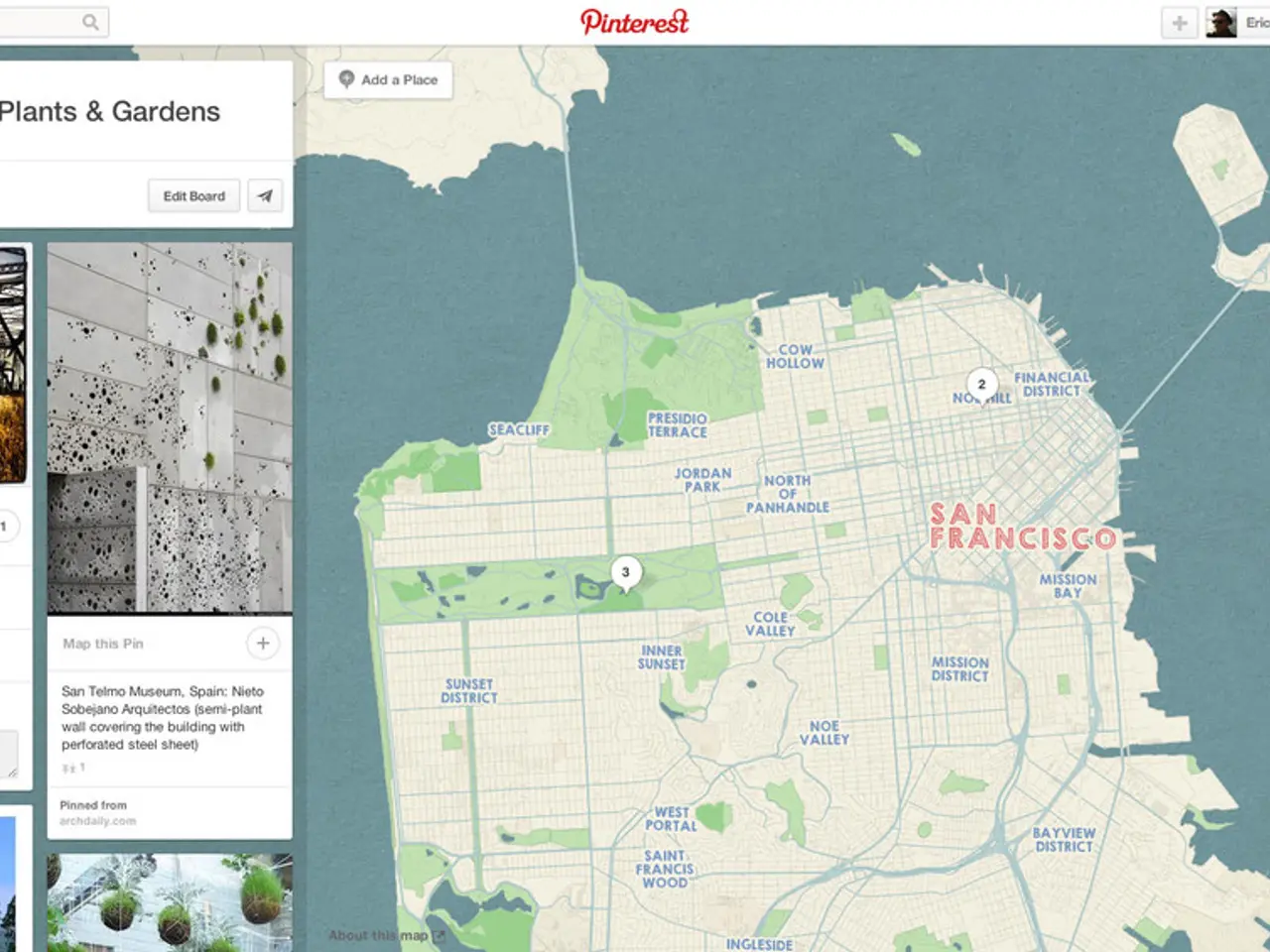Rapid growth in Tanzania's digital payments market, with a staggering $11.6 billion in transactions since the implementation of real-time payment systems, observes a notable increase in adoption.
In 2024, Tanzania's digital payments system experienced a significant boost, with the total real-time digital transaction value reaching approximately $11.6 billion, up from $4.9 billion in 2023. The Tanzania Instant Payment System (TIPS), launched in 2020, processed 454 million transactions, nearly doubling the 236 million transactions from the previous year.
This centralised national platform enables instant transfers across banks, mobile wallets, and other licensed financial institutions, promoting interoperability and financial inclusion. In contrast, Kenya's mobile money ecosystem in 2024 was substantially larger, with transaction values reaching KES 8.7 trillion (about $67.3 billion), which amounts to over half of Kenya's GDP.
| Aspect | Tanzania (2024) | Kenya (2024) | |-------------------------------|-----------------------------------------|-----------------------------------------| | Total digital/mobile money transaction value | $11.6 billion | $67.3 billion | | Number of transactions | 454 million | (Not specified in the sources) | | System model | Centralized national payment switch (TIPS) | Market-driven, dominated by M-Pesa | | Ecosystem focus | Interoperability, instant payments, financial inclusion | Large scale, market-led mobile money |
While Tanzania's digital payments grew significantly, the size of Kenya's mobile money ecosystem remains far larger. The value of real-time digital payments in Tanzania increased from TSh12.5 trillion ($4.9 billion) in 2023 to TSh29.9 trillion ($11.6 billion) in 2024. However, this is nearly six times less than Kenya's transaction value in the same year.
In urban areas like Dar es Salaam, the ratio of access points exceeds 15 per 10,000 adults. However, in some rural districts, access points remain below the national average of 4.8 per 10,000 adults. In Kenya, the average is 11 access points per 10,000 adults.
The regulator in Tanzania is using the GIS-enabled registry to visualise disparities and target underserved regions for investment and expansion. The Financial Services Registry (FSR) in Tanzania has been enhanced with geospatial mapping tools to track the reach of financial services. The number of participating institutions in TIPS rose to 46 in 2024.
According to the BoT's report, TIPS promotes financial inclusion, particularly among underserved communities. The Bank of Tanzania's latest financial stability report states that TIPS has emerged as a key pillar in Tanzania's digital financial infrastructure.
References:
[1] Central Bank of Kenya. (2024). Kenya's Digital Payments Landscape. Retrieved from https://www.centralbank.go.ke/wp-content/uploads/2024/06/Kenya-Digital-Payments-Landscape-Report-2024.pdf
[2] Bank of Tanzania. (2024). Tanzania's Financial Stability Report. Retrieved from https://www.bozt.go.tz/wp-content/uploads/2024/09/Tanzania-Financial-Stability-Report-2024.pdf
[3] World Bank. (2024). Digital Financial Services in Tanzania. Retrieved from https://www.worldbank.org/en/country/tanzania/publication/digital-financial-services-in-tanzania
The growth in Tanzania's digital payments system was substantial in 2024, with investment in technology playing a crucial role in its centralized national platform, TIPS, processing 454 million transactions. In comparison, Kenya's mobile money ecosystem was significantly larger, with less focus on financial inclusion, yet showing the potential for future technology advancements in the finance industry, as general-news reports confirm. With the boost in real-time digital transactions reaching approximately $11.6 billion in 2024, technology has had a significant impact on both countries' financial industries.




